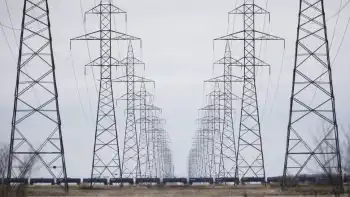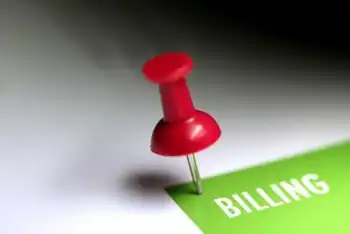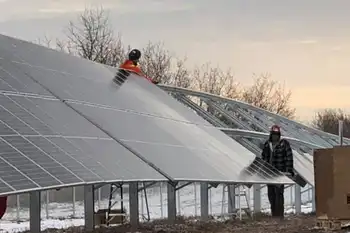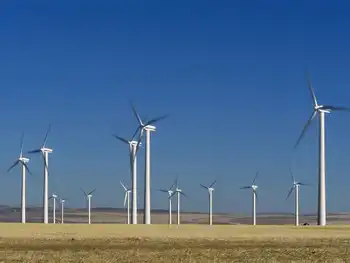Metering Pilot projects may be good example for Ontario utilities
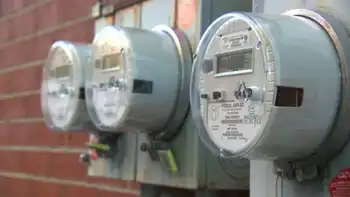
NFPA 70e Training - Arc Flash
Our customized live online or in‑person group training can be delivered to your staff at your location.

- Live Online
- 6 hours Instructor-led
- Group Training Available
Ontario Electricity Pricing Pilot Projects explore alternative rates beyond time-of-use, with LDCs and the Ontario Energy Board testing dynamic pricing, demand management, smart-meter billing, and residential customer choice to enhance service and energy efficiency.
Key Points
Ontario LDC trials testing alternatives to time-of-use rates to improve billing, demand response, and efficiency.
✅ Data shared across LDCs and Ontario Energy Board provincewide
✅ Tests dynamic pricing, peak/off-peak plans, demand management
✅ Insights to enhance customer choice, bills, and energy savings
The results from three electricity pilot projects being offered in southern Ontario will be valuable to utility companies across the province.
Ontario Energy Minister Glenn Thibeault was in Barrie on Tuesday to announce the pilot projects, which will explore alternative pricing plans for electricity customers from three different utility companies, informed by the electricity cost allocation framework guiding rate design.
"Everyone in the industry is watching to see how the pilots deliver.", said Wendy Watson, director of communications for Greater Sudbury Utilities.
"The data will be shared will all the LDCs [local distribution companies] in the province, and probably beyond...because the industry tends to share that kind of information."
Most electricity customers in the province are billed using time-of-use rates, including options like the ultra-low overnight rates that lower costs during off-peak periods, where the cost of electricity varies depending on demand.
The Ontario Energy Board said in a media release that the projects will give residential customers more choice in how much they pay for electricity at different times, reflecting changes for Ontario electricity consumers that expand plan options.
Pilot projects can help improve service
Watson says these kinds of projects give LDCs the chance to experiment and explore new ways of delivering their service, including demand-response initiatives like the Peak Perks program that encourage conservation.
"Any pilot project is a great way to see if in practice if the theory proves out, so I think it's great that the province is supporting these LDCs," she says.
GSU recently completed its own pilot project, the Home Energy Assessment and Retrofit (HEAR) program, which focused on customers who use electric baseboards to heat their homes, amid broader provincial support for electric bills to ease costs."We installed some measures, like programmable thermostats and a few other pieces of equipment into their house," Watson says. "We also made some recommendations about other things that they could do to make their homes more energy efficient."
At the end of the program, GSU provided customers with a report so that they could the see the overall impact on their energy consumption.
Watson says a report on the results of the HEAR program will be released in the near future, for other LDCs interested in new ways to improve their service.
"We think it's incumbent on every LDC...to see what ideas that they can come up with and get approved so they can best serve their customers."





